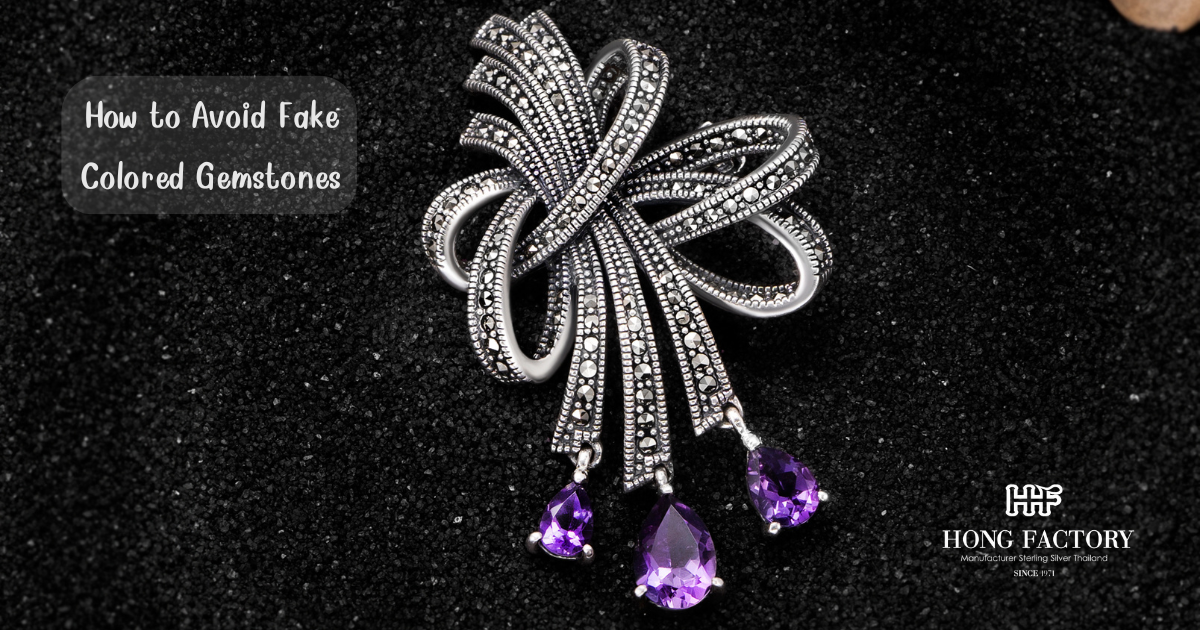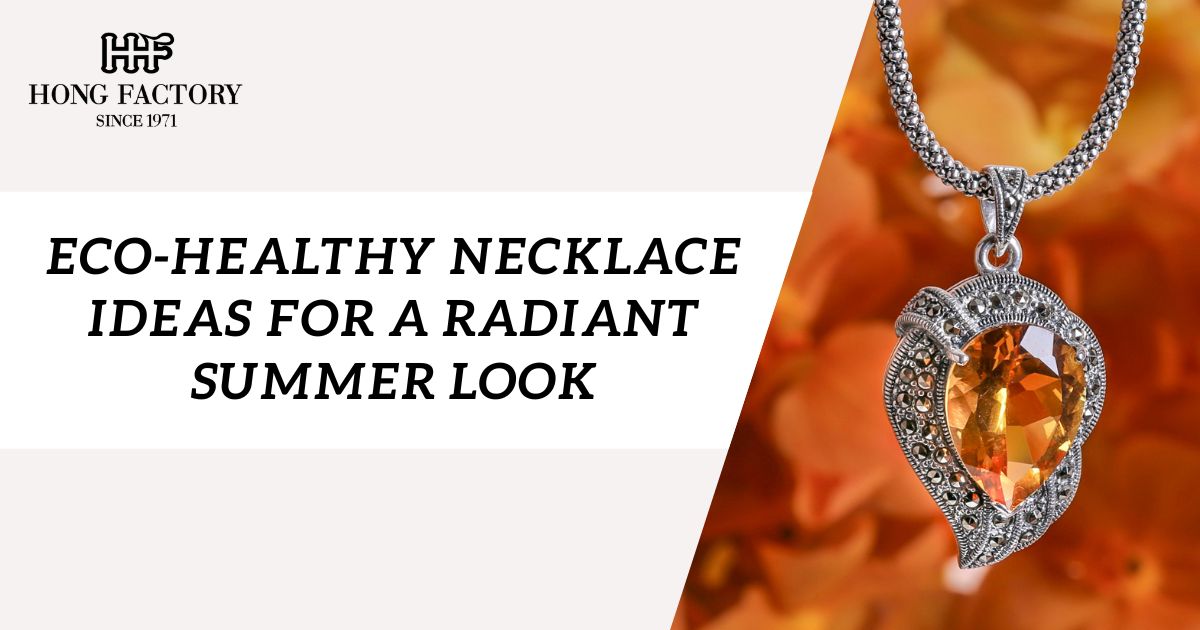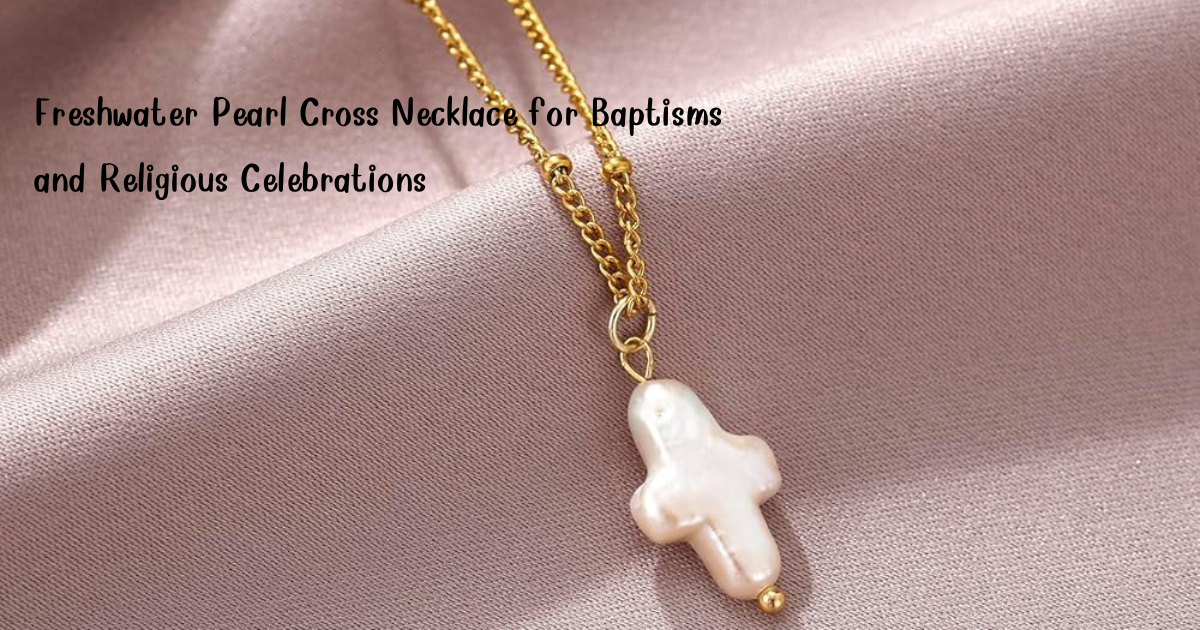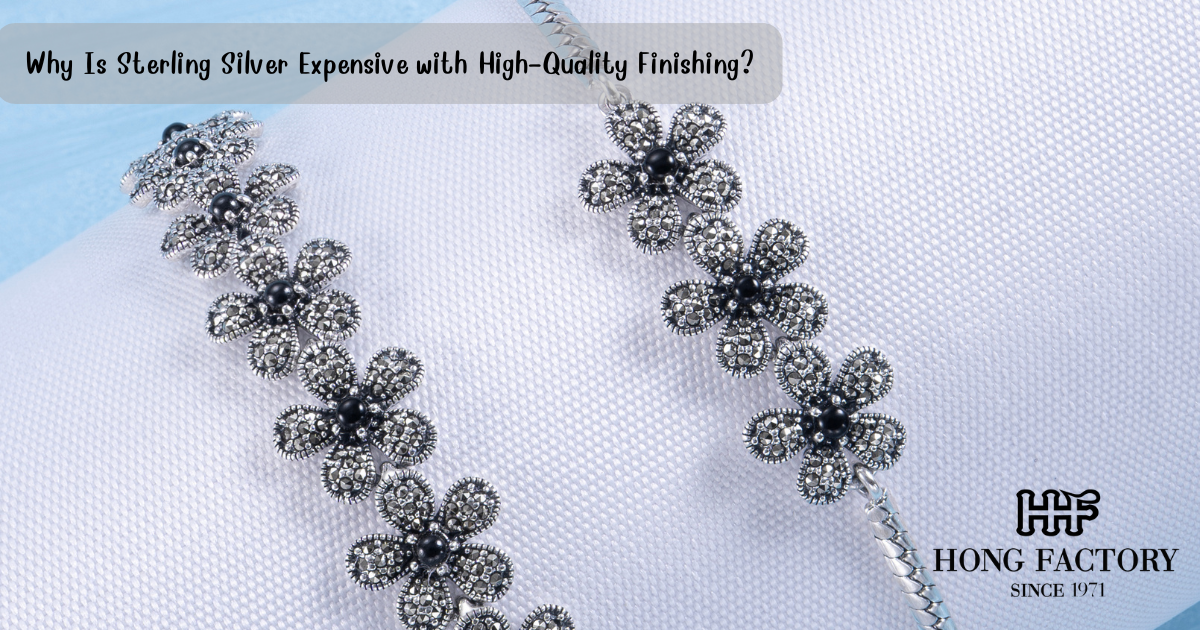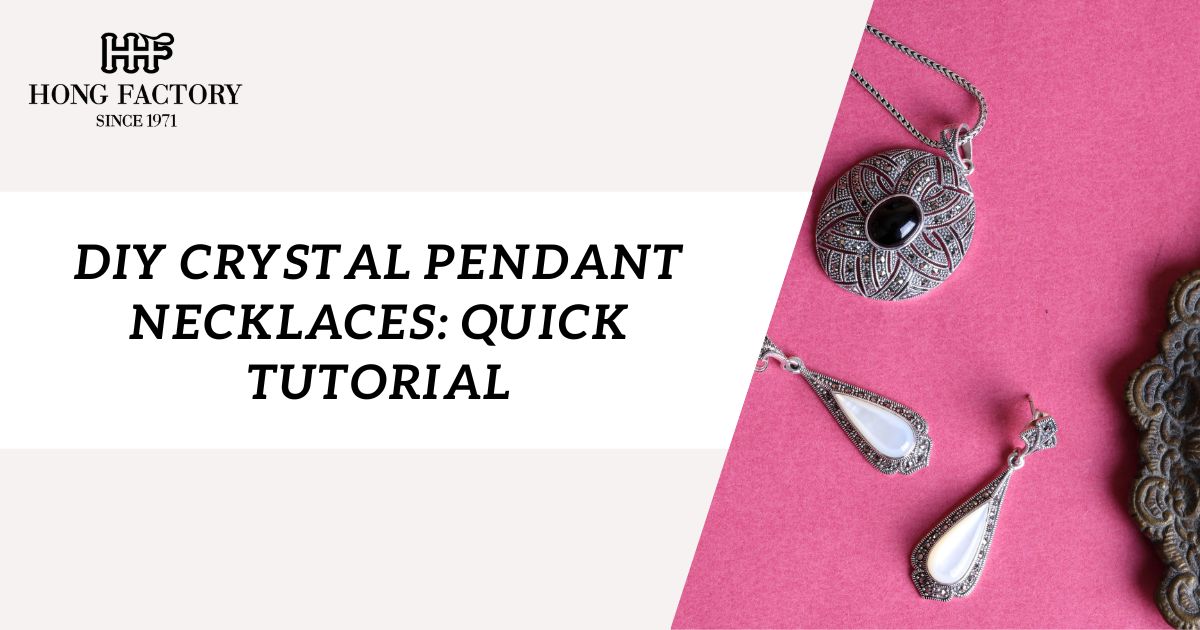Colored gemstones have captivated jewelry lovers for centuries with their brilliance and beauty. From vibrant emeralds to dazzling sapphires, these gems carry both fashion appeal and symbolic meaning. However, the gemstone market is filled with imitations, synthetics, and treated stones that may deceive unsuspecting buyers.
Knowing how to identify authentic stones and avoid fakes is essential for anyone interested in gemstone jewelry. This article explores the risks of fake gemstones, how to spot them, and the best practices for ensuring you purchase genuine pieces. marcasite stone
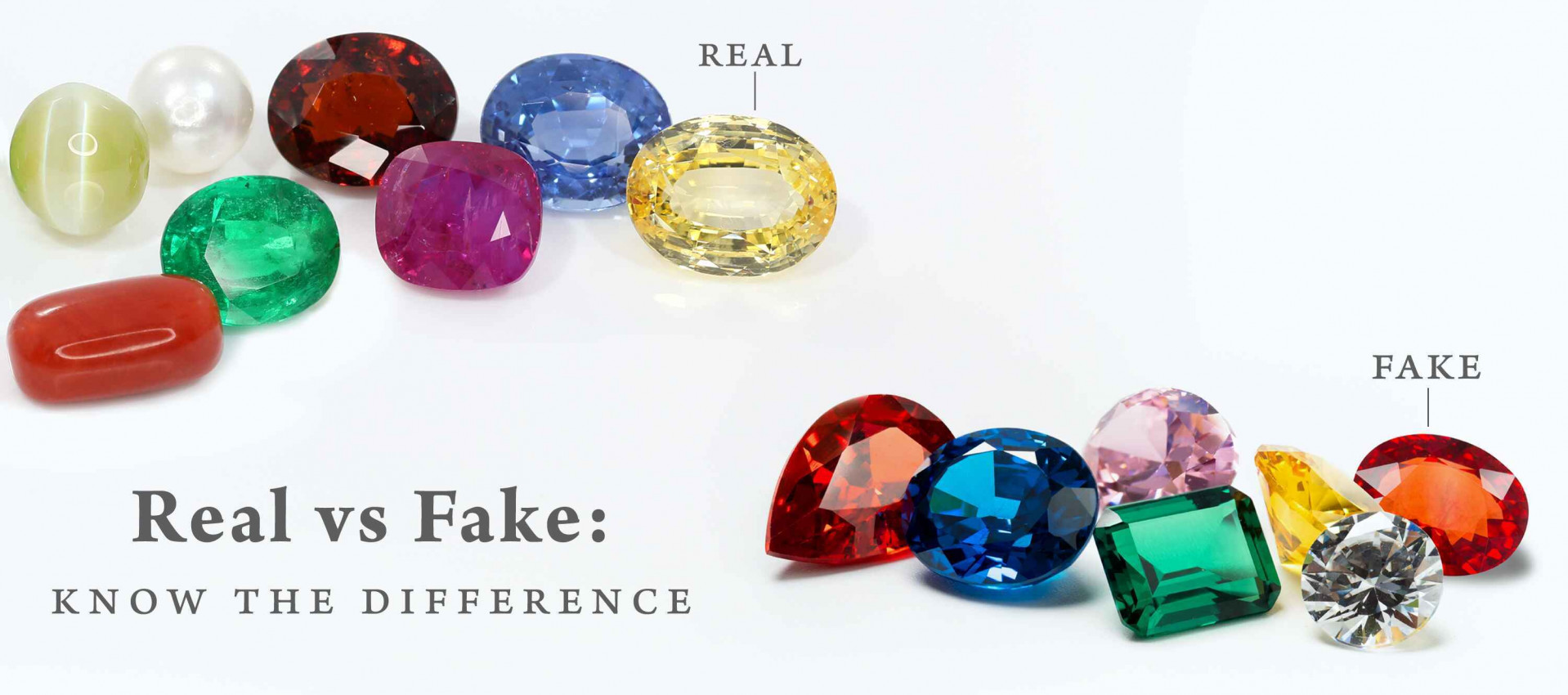
Colored Gemstones
Colored gemstones include a wide variety of natural stones such as rubies, emeralds, sapphires, amethysts, and tourmalines. Their vivid colors make them highly desirable in both fine and fashion jewelry. However, because of their popularity, they are also among the most commonly imitated. Fake colored gemstones may look convincing but lack the natural qualities, durability, and value of genuine stones.
Common Types of Fake Colored Gemstones
There are several methods used to create fake or misleading gemstones:
- Glass imitations: Cheap materials made to look like gems but are softer and less durable.
- Synthetic stones: Lab-created gems that have the same chemical composition as natural stones but lack rarity.
- Treated stones: Natural gems enhanced with dyes, heat, or chemicals to improve appearance.
- Composite stones: A mix of natural and artificial materials fused together.
Understanding these categories helps buyers recognize what they may encounter in the market.
How to Spot Fake Colored Gemstones
Spotting a fake gemstone requires attention to detail and sometimes professional tools. Here are some signs to look for:
- Color uniformity: Natural gemstones often have slight variations in color, while fakes appear too perfect.
- Clarity: If a stone looks flawless and extremely cheap, it may be synthetic or glass.
- Weight: Genuine stones tend to be heavier than glass imitations of the same size.
- Temperature test: Natural stones usually feel cool to the touch, while glass warms quickly.
- Magnification: Use a jeweler’s loupe to check for inclusions, which are common in natural stones but often absent in fakes.

Trusted Certification
One of the best ways to avoid fake colored gemstones is to purchase from reputable sellers who provide certifications. Certificates from recognized gemological institutes (such as GIA, AGS, or IGI) verify authenticity, treatments, and quality. These documents ensure that buyers are getting genuine stones and not imitations.
Where to Buy Authentic Gemstones
To minimize risk, buy gemstones from trusted jewelers, established retailers, or certified online platforms. Avoid unverified street vendors or unknown online sellers offering deals that seem too good to be true. Building relationships with reputable jewelers can also provide confidence in future purchases.
Caring for Colored Gemstones
Proper care also helps identify authenticity. Genuine gemstones typically require specific maintenance. For example, emeralds should not be exposed to ultrasonic cleaners due to their natural inclusions, while sapphires are far more durable. Learning how to care for each type of gemstone ensures you maintain their beauty and confirms their authenticity over time.
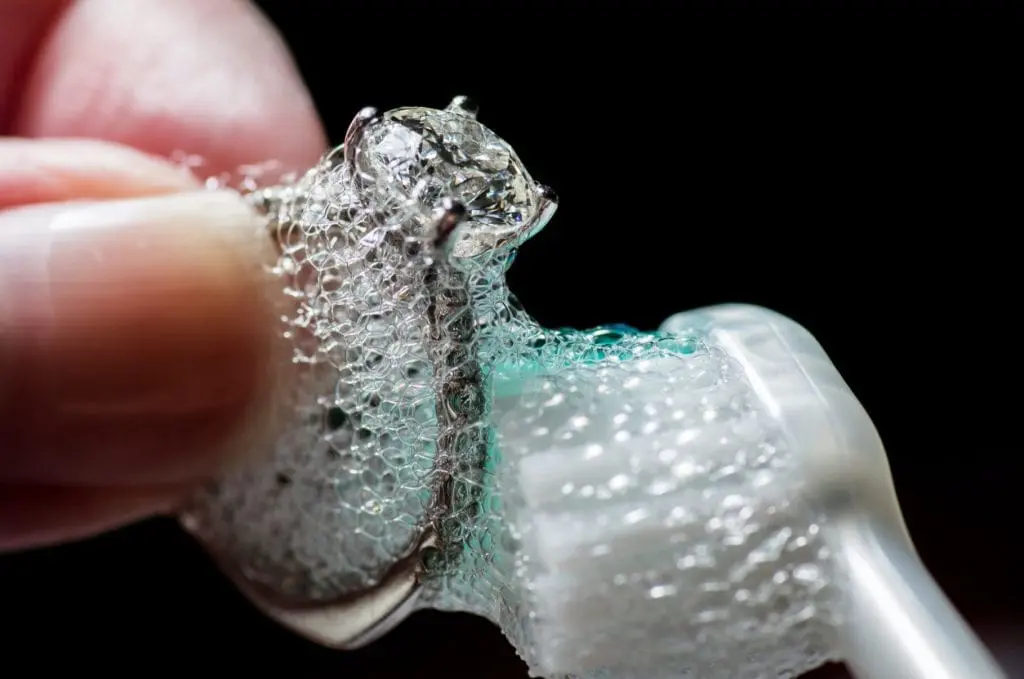
Why People Buy Fake Gemstones
Some buyers knowingly purchase imitation gemstones for affordability or fashion purposes. Synthetic stones may offer beauty at a lower cost, but it’s important that they are sold transparently. The problem arises when fake stones are passed off as genuine, deceiving buyers into paying more than the gem’s true value.
Tips to Avoid Fake Gemstones
- Always request certification from a reliable lab.
- Research the market value of the gemstone before buying.
- Buy from trusted jewelers or established retailers.
- Learn the characteristics of the gemstone you’re purchasing.
- Use professional gemologists for appraisal if uncertain.
Colored gemstones are prized for their beauty, symbolism, and rarity. Unfortunately, the market is also full of fakes and imitations. By understanding the types of fake gemstones, recognizing warning signs, and purchasing from certified sources, buyers can protect themselves from scams. Whether buying for fashion, spirituality, or investment, ensuring the authenticity of colored gemstones guarantees not only beauty but also long-term value.
